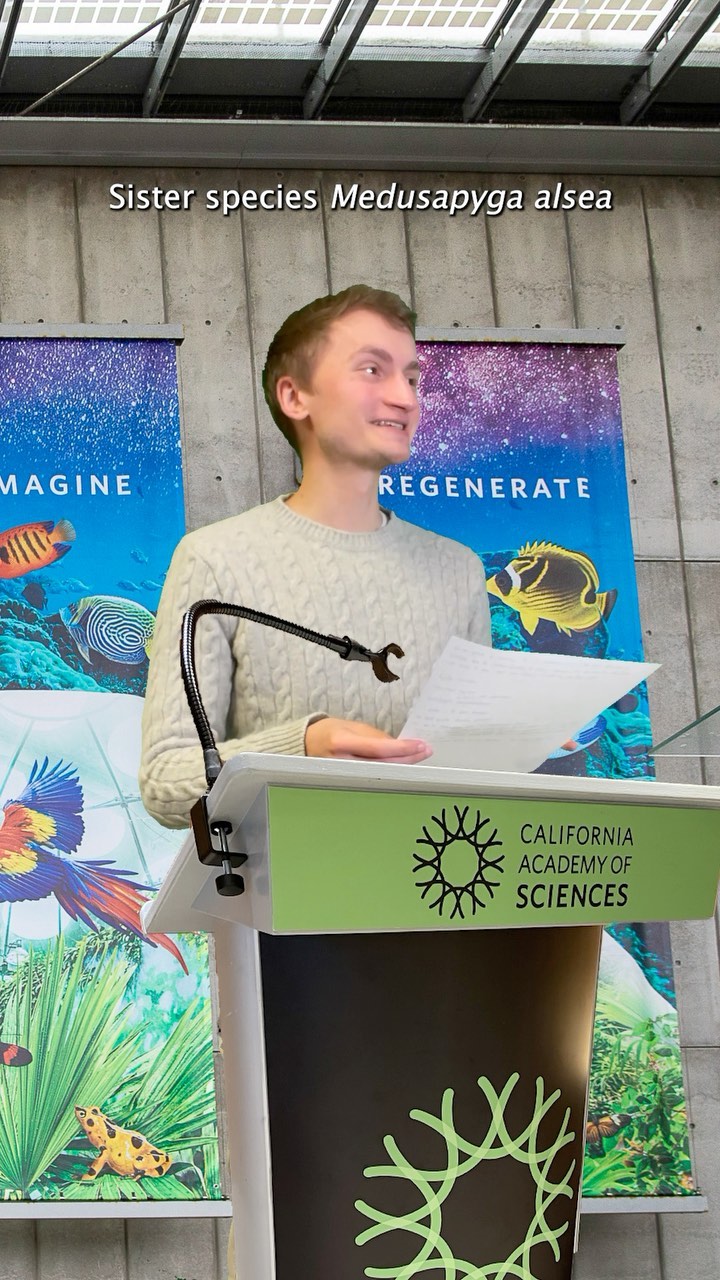– Discoveries in the natural world: New species and the excitement they bring
– The journey from discovery to naming: The work behind classifying a new species
– Celebrating biodiversity: How new species add to the tapestry of life on Earth
– The importance of conservation: What new species tell us about ecosystem health
– The role of institutions in documenting and sharing knowledge about new life forms
When the curtains of nature’s mystery pull back, revealing an organism previously unknown to humanity, a thrill runs through the scientific community. This unveiling—the crux of a phylogeneticist’s career—begins the transformative journey from discovery to public recognition. Let’s delve into this exhilarating process, celebrating the revelation of new life and the critical role these moments play in understanding our planet’s biodiversity and the pursuit of its conservation.
Imagine, if you will, the meticulous process that begins deep in the heart of wild, often untouched habitats. Researchers meticulously collect data, sometimes spending years observing, recording, and scrutinizing before they can confirm the existence of a new species. This arduous task, driven by patience and precision, lays the foundation for a discovery that could reshape our understanding of biological classifications and ecosystems.
To gain scientific acceptance, the research must withstand the rigors of peer review, where experts scrutinize the evidence, sometimes leading to intense academic debates. This process is vital, ensuring that when a phylogeneticist does step up to proudly proclaim a new species, the science is sound and the discovery irrefutable.
Once a new species is confirmed, it’s time for the grand reveal. Such was the case for the California Academy of Sciences class 2023, an assemblage of organisms that had eluded human knowledge until now. On a stage set for science, names are recited—names that will enter textbooks, research papers, and perhaps even the collective public consciousness.
But what’s in a name? It’s more than a label; it’s an identity that acknowledges an organism’s place in the sprawling network of life. Taxonomy—the science of naming and classifying organisms—is a language of its own; each title is a story of traits, habitat, and ancestry. When naming a new species, scientists often look at its unique features. In this locality, it was discovered to honor a fellow scientist who has made significant contributions to the field.
Then, there’s the narrative of why these discoveries matter. Each new species adds a thread to life’s rich and intricate tapestry. They represent more than novelty; they signify the health and complexities of ecosystems. In an age where biodiversity faces significant threats from habitat loss, climate change, and human encroachment, identifying new species is a stark reminder of what we stand to lose.
This narrative extends far beyond the scientific community. It reaches into the ethos of public consciousness, fueling a sense of wonder and a call to action. Here, institutions like museums and academic bodies play a pivotal role. By documenting and sharing knowledge of these discoveries, they become bastions for education, conversation starters that can transform apathy into action and ignorance into understanding.
Imagine a child’s eyes lighting up as they learn of a new frog species from the Amazon, its skin an unparalleled shade of blue, or the buzz created by the emergence of a new deep-sea creature, its form defying imagination. These stories captivate and inspire, stirring in individuals a desire to protect and conserve, to become stewards of a planet rich in life.
Yet, it would be remiss to celebrate new species without recognizing the looming shadow of extinction. For every discovery, countless other organisms vanish before they are ever known, lost to the voracious appetite of human progress. Thus, unveiling a new species is a double-edged sword—a celebration of life and a silent alarm for what is vanishing. It urges us, as caretakers of Earth, to contemplate the fragility of life and the urgency of conservation.
We must also appreciate the broader implications as we applaud the California Academy of Sciences and other institutions leading the charge in describing and naming new species. This work is not just about documenting; it’s about connection. These species, whether they walk, flop, or tumble into the spotlight, serve as ambassadors of their ecosystems. They convey that even in the farthest corners of the world, interwoven within the web of life, we share an intrinsic bond with all living things.
In conclusion, the announcement of a new species is a monumental occasion. It brings to light hidden corners of nature, invites conversation and raises awareness about our existential challenges. It reminds us that the tapestry of life is ever-growing, its patterns complex and beautiful. Yet it also compels us to act, to protect each strand before the tapestry frays beyond repair.
As we continue on this journey of discovery and conservation, let’s never lose that sense of awe that comes with such announcements. Let’s cherish the class of 2023 and those that will follow, for they are not just names read aloud on a stage. Still, emissaries of Earth’s unfathomable diversity urge us to look, learn, and strive for a future where every species can be celebrated, not mourned.
*****
Source Description
It’s the proudest moment of every phylogeneticist’s career: the day you hear the name of your newly described species read aloud as they proudly walk/flop/tumble across a stage. Please give it up for the Cal Academy class of 2023! Learn more about the new species at the link in our bio.


